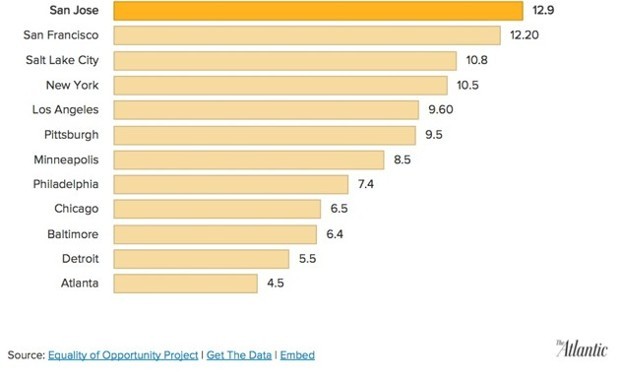Why Is Turkey Called "Turkey"?
Rich Hua stashed this in Interesting Facts
Stashed in: Facts, Words!, Awesome, Thanksgiving, Language, Thanksgiving
It's unclear.
How exactly the word "turkey" made its way into the English language is in dispute. The linguist Mario Pei theorized that more than five centuries ago, Turks from the commercial hub of Constantinople (which the Ottomans conquered in the mid-15th century) sold wild fowl from Guinea in West Africa to European markets, leading the English to refer to the bird as “turkey cock” or “turkey coq” (coq being French for “rooster”), and eventually “turkey” for short. When British settlers arrived in Massachusetts, they applied the same terms to the wild fowl they spotted in the New World, even though the birds were a different species than their African counterparts. The etymology expert Mark Forsyth, meanwhile, claims that Turkish traders brought guinea fowl to England from Madagascar, off the coast of southeast Africa, and that Spanish conquistadors then introduced American fowl to Europe, where they were conflated with the “turkeys” from Madagascar. Dan Jurafsky, another linguist,argues that Europeans imported guinea fowl from Ethiopia (which was sometimes mixed up with India) via the Mamluk Turks, and then confused the birds with North American fowl shipped across the Atlantic by the Portuguese.
The guinea fowl (left) vs.the North American turkey (Wikipedia)
Here’s where things get even more bewildering. Turkey, which has no native turkeys, does not call turkey "turkey." The Turks “knew the bird wasn’t theirs,” Forsythexplains, so they “made a completely different mistake and called it a hindi, because they thought the bird was probably Indian.” They weren't alone. The French originally called the American bird poulet d’Inde (literally “chicken from India”), which has since been abbreviated to dinde, and similar terms exist in languages ranging from Polish to Hebrew to Catalan. Then there’s the oddly specific Dutchword kalkoen, which, as a contraction of Calicut-hoen, literally means “hen from Calicut,” a major Indian commercial center at the time. These names may have arisen from the mistaken belief at the time that the New World was the Indies, or the sense that the turkey trade passed through India.
So what is the bird called in India? It may be hindi in Turkey, but in Hindi it’sṭarki. Some Indian dialects, however, use the word piru or peru, the latter being how the Portuguese refer to the American fowl, which is not native to Peru but may have become popular in Portugal as Spanish and Portuguese explorers conquered the New World. The expansion of Western colonialism onlycomplicated matters: Malaysians call turkey ayam blander (“Dutch chicken”), while Cambodians opt for moan barang (“French chicken”).
So what this article is saying is that everyone loves to eat this bird, they've all seen it but they don't know where it is from.
That's right. Perhaps the bird has had to keep migrating throughout its existence because humans find it delicious and keep eating it whenever we can.







 The guinea fowl (left) vs.the North American turkey (Wikipedia)
The guinea fowl (left) vs.the North American turkey (Wikipedia)



10:39 AM Nov 29 2014